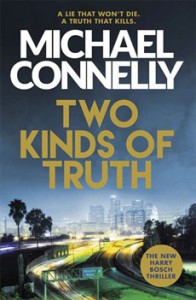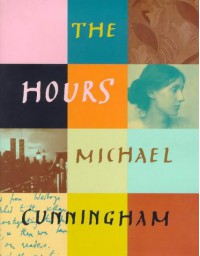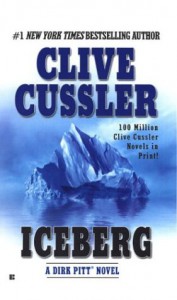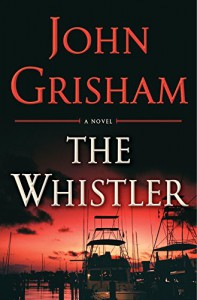Saturday 26th December 2020 (17:25)
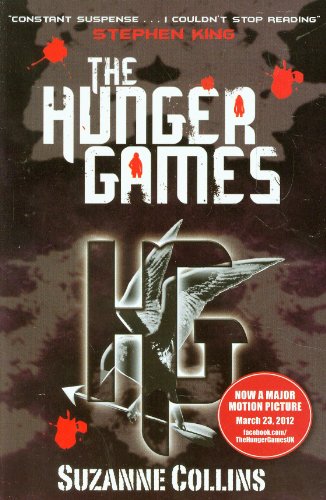
‘Now a major motion picture’ is not necessarily an endorsement of an original novel, even when the movie has enjoyed international acclaim, but “The Hunger Games”, first in a book trilogy, is equal to the hype. Technically, this novel is almost surgically dissected into three equal parts (beginning, middle and end) and is set in Panem (formerly North America), where, following a civil insurrection, the Capitol has enslaved the surviving twelve districts. Moreover, as an ongoing reprisal for the uprising, ‘tributes’ are periodically taken from each district in the guise of one boy and one girl, aged 12-18, to fight to the death in the arena of the Hunger Games.
Clearly the concept is barbaric, made more shocking by the youthful combatants and the fact that the carnage is televised like episodes of “I’m a celebrity…”, only with weapons. Still, at the same time it is fascinating, in spite of the implied voyeuristic sadism. That this dystopian novel, reflecting a post-apocalyptic America, is pitched at young adults, might also appear surprising. Yet, from District 12, the poorest region and reliant on its coal production, the author provides the reader with a true diamond among modern heroines, Catniss Everdeen, whose sixteen year old voice carries the story.
From the drama of ‘the reaping’ (the district lottery to determine the identity of the tributes), to the sacrificial whittling down of the twenty four in the purpose-built arena and the ultimate triumph of survival, the tension and attendant violence is overlaid by the macro politics at play and the love and key relationships that drive the main protagonist. There is also a cast of sympathetic characters enmeshed in the fabric of this epic tale, some of whom will doubtless reappear later in the trilogy.
The world-building is exceptional, the plot superbly paced and the denouement expertly delivered, such that the reader is compelled to hanker for the sequel. In short this book is a masterclass in the YA genre from conceptualisation, to character development, to the almost faultless execution of the storytelling. Notwithstanding the contentious nature of her creation (the book has been repeatedly challenged as ‘dangerous’), in my opinion, Suzanne Collins is rightly lauded for her achievement.

